To get the perfect quote for your tattoo, contact your tattooist. Send a picture of your design idea and draw a circle on the intended body area for apparent size and placement reference.
Your quote should be personal and meaningful to you, as it will be permanently inked on your skin. With so many options, figuring out your best selection can be challenging. Tattoos are a form of self-expression, so finding a quote that resonates with you is vital.
In this blog post, we’ll guide you through finding the correct quote for your tattoo. We’ll consider factors such as personal experiences and font styles. We'll also discuss the best placement options and how to negotiate with tattoo artists.
How Do I Find a Quote for a Tattoo: 7 Steps to Consider

The process can be overwhelming for getting a quote tattoo. From choosing the correct section to finding the right artist, there are multiple factors to consider. We’ll discuss tips and tricks for finding the perfect selection for your tattoo.
Choosing the Right Quote
We will focus on choosing the correct quote that perfectly resonates with your personal experiences and boosts your motivation. Below are some tips and tricks that can help you in this regard.
Finding Inspiration from Personal Experiences
the most impactful quotes are the ones that come from personal experiences. Using your life as inspiration can add authenticity and relatability to your work. Here are some tips for finding inspiration in your own life:
- Think about significant turning points in your life. What did you learn from these experiences?
- Consider conversations with friends or family members that left an impression on you.
- Note common themes or lessons that crop up in your life. These can be a great starting point for finding or crafting your quotes.
Researching Quotes Online and in Books
Countless quotes are available online and in books that can inspire and support any topic. When researching quotes, keep the following in mind:
- Make sure the quote comes from a reputable source. Misattributed quotes can be misleading and can even damage your credibility.
- Consider the context in which the quote was used initially. Can it be applied to your work or message?
- Look for quotes that are brief and to the point. Long-winded or overly complicated quotes can be challenging to incorporate smoothly into your writing.
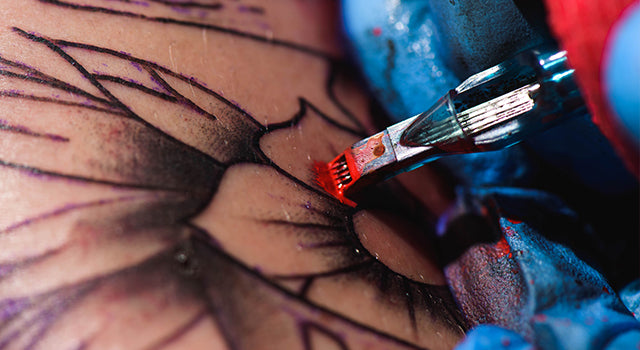
Getting Input from Friends and Family
The perfect quote can be found by reaching out to those closest to you. Here are some suggestions:
- Ask family members or friends if they have favorite quotes that fit your writing topic.
- Share your ideas for quotes and get feedback from those you trust.
- Consider asking for input from someone with experience in your field or topic.
Be Clear on What You Want
I will elaborate on the importance of clarifying what you want when getting a tattoo. This involves communicating the message behind the quote to the tattoo artist, illustrating your design, and understanding the placement limitations.
Tattoo Artists and the Message Behind the Quote
When it comes to getting a tattoo, the first step in being clear on what you want is to communicate what the quote means to you. This requires effective verbal and nonverbal communication and the ability to convey your thoughts and feelings clearly and concisely.
Some tips for explaining the quote include:
- Research the tattoo artist's work beforehand to ensure that their style aligns with the design and message you have in mind.
- Bringing visual aids such as sketches, photographs, or digital designs to show the tattoo artist what you would like.
- Discuss the meaning and significance behind the quote or design you want related to your experiences and identity.
- Ask questions and seek clarification from the tattoo artist throughout the consultation to ensure you are on the same page.
Describe the Style and Design You want

Another critical factor in being clear on your tattoo preferences is providing examples of the style and design you have in mind. This helps the tattoo artist to understand your aesthetic preferences and ensures that the final product matches your vision.
Some examples of style and design elements to consider when getting a tattoo include:
- Line work: Thin, delicate lines or bold, thick lines.
- Color: Bright, bold hues or muted subdued tones.
- Texture: Smooth, clean lines or rough, scratchy shading.
- Placement: Wrist, ankle, back, or other body areas.
- Cultural influences: Traditional, neo-traditional, or modern styles.
Limitations and Possibilities of Tattoo Placement
The placement of tattoos requires a clear understanding of the limitations and possibilities. Not all body parts are created equal when getting inked, and certain areas may be more prone to pain, scarring, or fading over time.
Some factors to consider when selecting a tattoo placement include:
- Skin type and texture: Thin or delicate skin may not be as suitable for tattoos as thicker, more robust skin.
- Pain tolerance: Some areas of the body may be more sensitive to pain than others, so preparing for discomfort is essential.
- Healing time: Areas of the body subject to movement or friction may require longer healing times and more careful aftercare.
- Visibility: Certain tattoos may be more appropriate for visible areas of the body, while others may be more suitable for discreet, private placements.

Choosing Proper Placement
Proper placement is one of the most crucial decisions when choosing a tattoo. The tattoo placement will determine how visible and noticeable it is, how it interacts with your anatomy, and the level of pain you experience during the tattooing process. Here are some of the ideal places for women, men, and small quote tattoos.
Tattoo Placements for Women
- Upper back: This area is perfect for large tattoo designs that require a lot of space, such as an entire back piece or a detailed floral design.
- Wrist: A wrist tattoo is popular for women who want something small and discreet. Examples include a meaningful word, phrase, symbol, or tiny heart.
- Ankle: The ankle is an excellent place for a feminine and delicate tattoo, such as a butterfly or a flower. This area is also easy to conceal if needed.
- Collarbone: A collarbone tattoo is a trendy option that adds a touch of elegance and femininity. It can be a simple quote or a small design.
Best Areas of the Body to Place a Small Quote Tattoo
- Inner wrist: This is a classic location for a small but powerful quote. It will be a daily reminder for you to stay motivated and inspired.
- Upper arm: The upper arm is another excellent location for a small quote tattoo, where it can be easily seen but also covered up when needed.
- Behind the ear: A behind-the-ear tattoo is a unique and subtle way to display your favorite quote or phrase.
- Ribcage: The ribcage is a hidden yet meaningful place for a quote tattoo that carries a personal significance for you.
Best Areas to Place Tattoos for Men

- Chest: A chest tattoo is a popular option for men who want to showcase their masculinity and toughness. It can be a bold design or a meaningful quote.
- Bicep: A bicep tattoo is perfect for men who want to display their muscular arms. It can be a simple symbol or a family crest.
- Back of the neck: A small or medium-sized tattoo on the back of your neck can be a stylish look for men who want to add some edge to their appearance.
- Calf: The calf is an excellent location for a tattoo that showcases your personality, interests, or hobbies. It can be a sports team logo or a tribute to your favorite musician.
Researching Tattoo Artist’s Rates
As tattoos grow in popularity, it's essential to understand the factors that impact their pricing. Researching tattoo artist rates is integral to getting the best value for your money. Below are some key points to consider when deciding on a budget for your next tattoo.
The Factors that Impact Tattoo Pricing
Tattoo pricing can vary substantially, but the factors that impact them remain the same. Understanding these factors can help determine whether you get a fair tattoo price. Here are some of the main factors that impact tattoo pricing:
- Size: The size of the tattoo is one of the most critical factors that impact its price. Generally, larger tattoos will cost more than smaller ones, but intricate and detailed designs may also cost more, regardless of size.
- Location: The location of the tattoo on your body can impact pricing. It may be challenging to tattoo, requiring more time and skill, ultimately increasing the cost.
- Artist Experience: A more experienced tattoo artist can charge more for their services. Typically, these artists have spent years refining their skills, and their work will reflect that investment.
- Color: Color tattoos can cost more than black and white tattoos. Additionally, adding more colors or shading can increase the overall cost.

Comparing Rates from Various Artists
Once you know tattoo pricing factors, comparing rates from various artists is essential. This step ensures that you're getting a fair price for your tattoo. Here are some tips for comparing rates from multiple artists:
- Check their portfolios: Review the artist's portfolio carefully before booking your tattoo appointment. You want to ensure that their skill level is commensurate with their pricing.
- Ask for recommendations: Reach out to your friends and family who have gotten tattoos. They may recommend an artist who provides excellent work at a fair price.
- Be wary of low prices: While it may be tempting to go with the artist who offers the lowest price, remember that you get what you pay for. Cheap tattoo artists may use low-quality inks or equipment, which can result in an unsatisfactory tattoo.
Determining a Budget for Your Tattoo
After researching factors affecting tattoo prices and comparing rates from various artists, it's time to determine a budget for your tattoo. Here are some questions to consider when setting a budget:
- The size and complexity of the design.
- The location of the tattoo.
- The artist’s experience and pricing.
- Your overall finances.
- What you’re willing to invest in the art of your body.
Ask for a Consultation
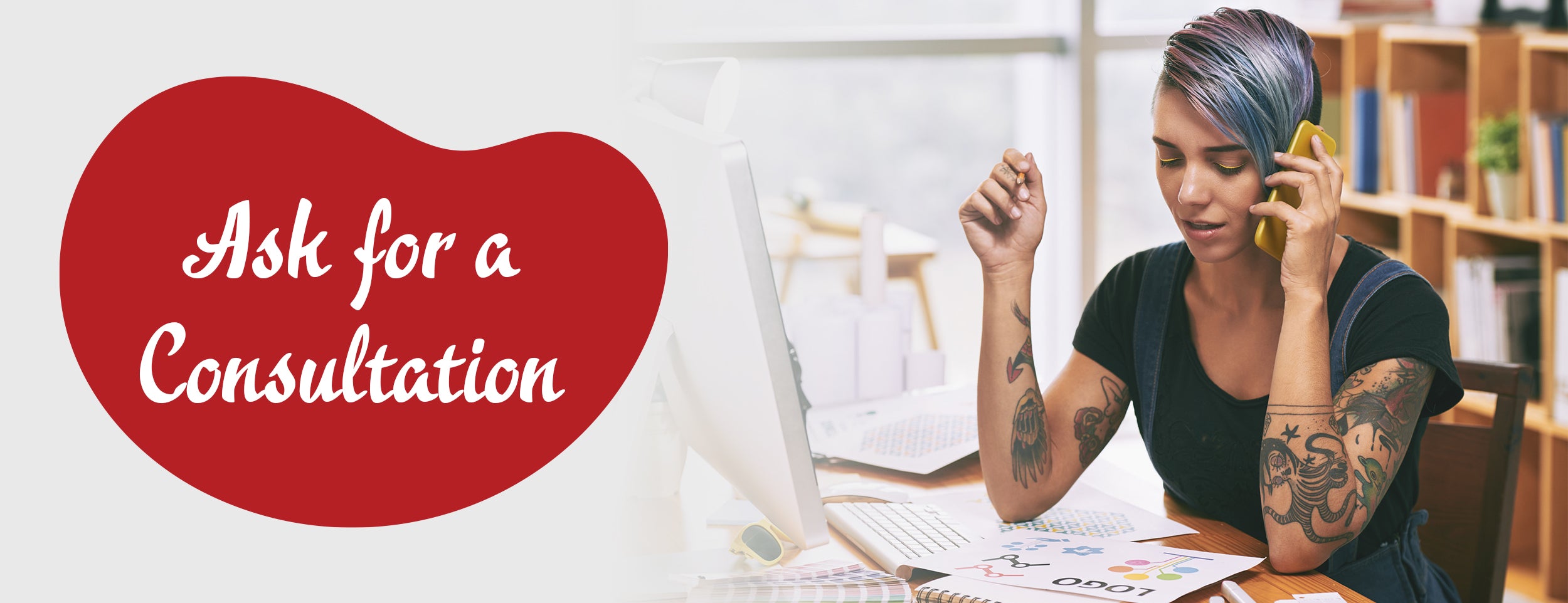
We will discuss three crucial parts of a tattoo consultation in detail: meeting with your tattoo artist, requesting a sketch or mockup of the design, and establishing a timeline for the appointment.
Meeting with Your Tattoo Artist
The tattoo consultation lets you meet with your tattoo artist, discuss your design ideas, and establish trust. It is crucial to develop a comfortable rapport with your artist. You can achieve this by:
- Being open and honest about your design ideas and preferences.
- Showing your artist any reference images that you have collected.
- Discuss your desired placement for the tattoo and any concerns you may have.
- Ask your artist about their experience and qualifications.
Design Sketches or Mockups
After discussing your design ideas with your artist, you should request a mockup or sketch before committing. This will give you a visual representation of the proposed tattoo and allow you to make any necessary adjustments. Some benefits of requesting a sketch or mockup include:
- Ensuring that the design meets your expectations.
- Allowing you to see how the tattoo will look on your body before making it permanent.
- Providing an opportunity to make any necessary adjustments.
When requesting a sketch or mockup, be sure to ask your artist about the process, timeframe, and any additional fees that may be associated.
Tattoo Appointment Schedule
The final step in the tattoo consultation process is establishing a timeline for the tattoo appointment. The timeframe will depend on the design's complexity, your artist's availability, and other factors specific to your situation. Some important things to consider when establishing a timeline for your tattoo appointment are:
- How long the tattoo appointment will take.
- How long will it take to heal after the appointment?
- Any upcoming events or activities that could affect the appointment date.
- The availability of your artist and his or her schedule.

Don’t Be Afraid to Negotiate
A tattoo can be a rewarding experience if you negotiate. It can help you get the best design and experience for your money. We'll explore the three key areas you can negotiate: pricing, design alterations, and appointment expectations.
Communicating Any Concerns or Questions About Pricing
It's essential to communicate any concerns or questions you have about pricing. Often, the first price quoted isn't the final price. There are various reasons, such as the complexity of the design, placement of the tattoo, size, and ink colors. Here are some tips for negotiating pricing:
- Be prepared: Research the typical prices for the type of tattoo you want. This will help you get an idea of what a reasonable price range is.
- Be firm but respectful: Be confident when negotiating, but remain professional and courteous.
- Look for different options: If the price isn't negotiable, ask if they offer payment plans or promotions.
Discussing Any Changes or Alterations to the Design
It's common to want to make minor changes to the tattoo design. Whether changing the ink color or redesigning a small detail, remember that it's your tattoo, and you must feel comfortable and satisfied with the design. Tips for negotiating design alterations:
- Be specific: Come prepared with a clear idea of the changes you want to make, and communicate them clearly with your tattoo artist.
- Be open: Listen to your tattoo artist's input and suggestions. They may have more experience and provide valuable feedback on what may work.
- Be reasonable: Understand that drastic changes could be time-consuming and affect the pricing, so be realistic with your design change requests.
Setting Clear Expectations for the Tattoo Appointment
The day of your tattoo appointment can be nerve-wracking, especially if this is your first tattoo experience. Setting clear expectations and discussing them with your tattoo artist can make the process smoother and less stressful. Here are some tips for setting clear appointment expectations:
- Discuss the tattoo location and design size: Before arriving on the appointment day, clarify where you want the tattoo placed and the design's expected size.
- Ask questions: If you need clarification on the tattoo process, ask your tattoo artist what to expect.
- Plan for breaks: Depending on the size and location of the tattoo, plan for breaks and allow yourself time to rest throughout the process.
Conclusion
Finding the correct tattoo quote requires careful consideration and a little bit of research. One of the most important things to remember is to choose a quote that speaks to you personally. It should resonate with your life experiences, beliefs, and values. Additionally, it's essential to select an appropriate placement that suits your lifestyle and aesthetic.
Feel free to communicate with your tattoo artist and express your needs, concerns, and creative ideas. Remember, this is a journey that should be enjoyed and cherished, and ultimately, you'll end up with a stunning tattoo that holds immense value to you. So take your time, follow these guidelines, and choose your tattoo quote from the heart.

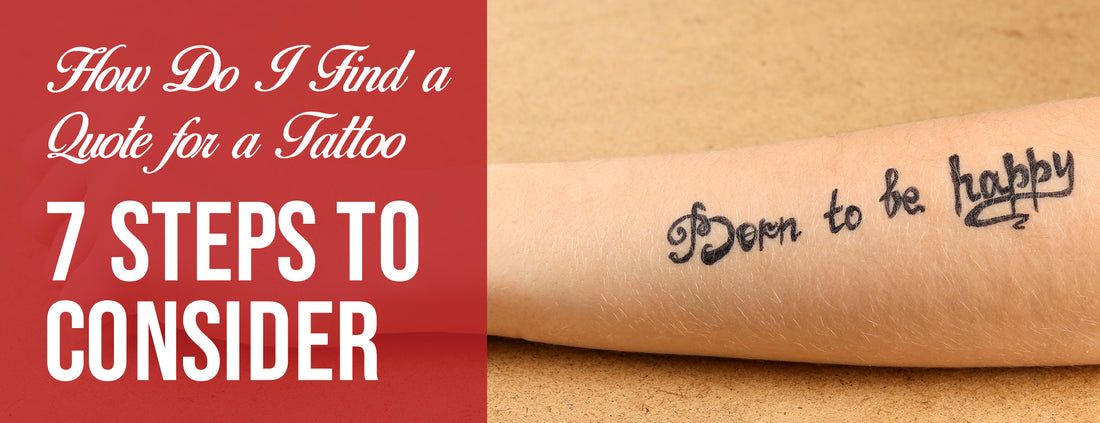







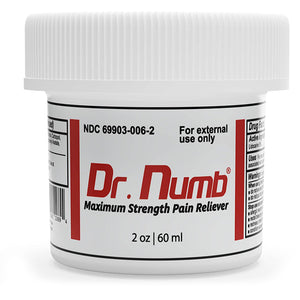


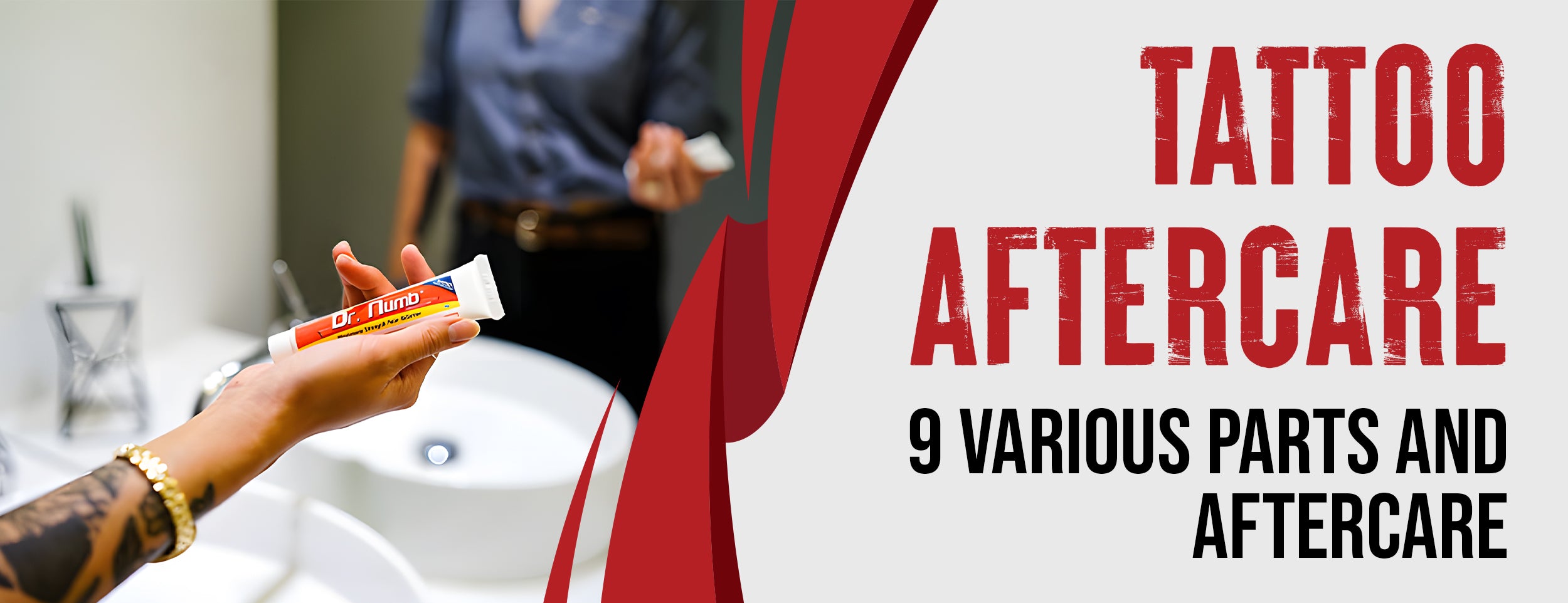
![Antibiotics and Tattoos: 3 Risks and 3 Effects [with 4 Precautions]](http://drnumb.com/cdn/shop/articles/Can_You_Get_Tattooed_On_Antibiotics__3_Risks_and_3_Effects_4_Precautions.jpg?v=1714128292)

